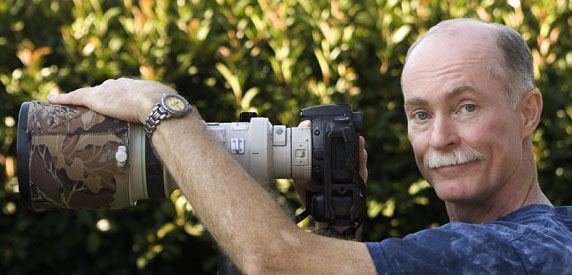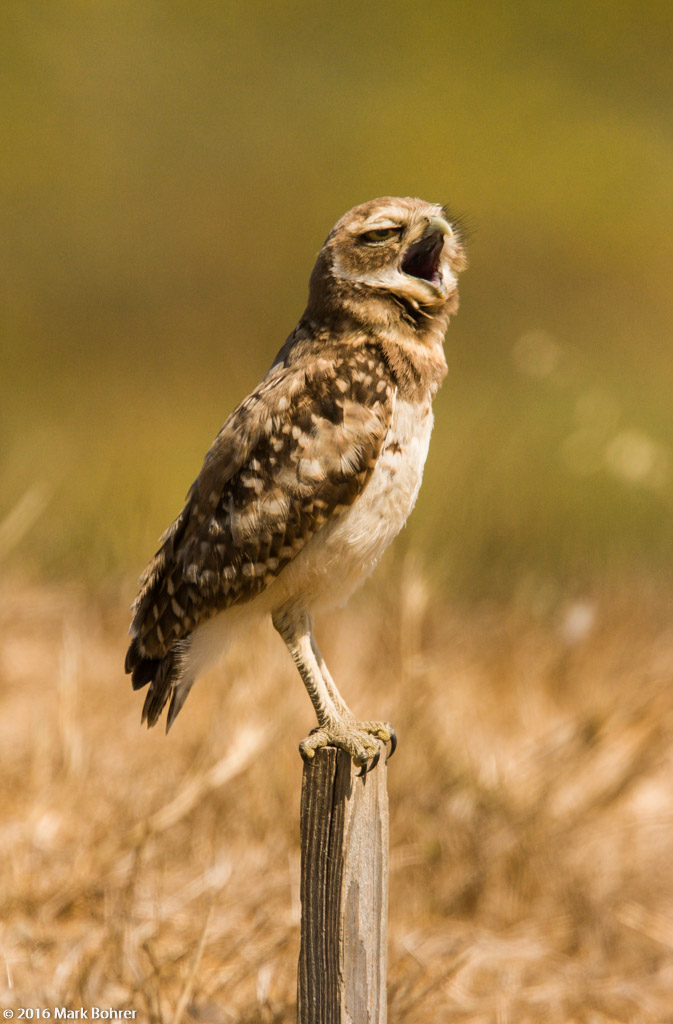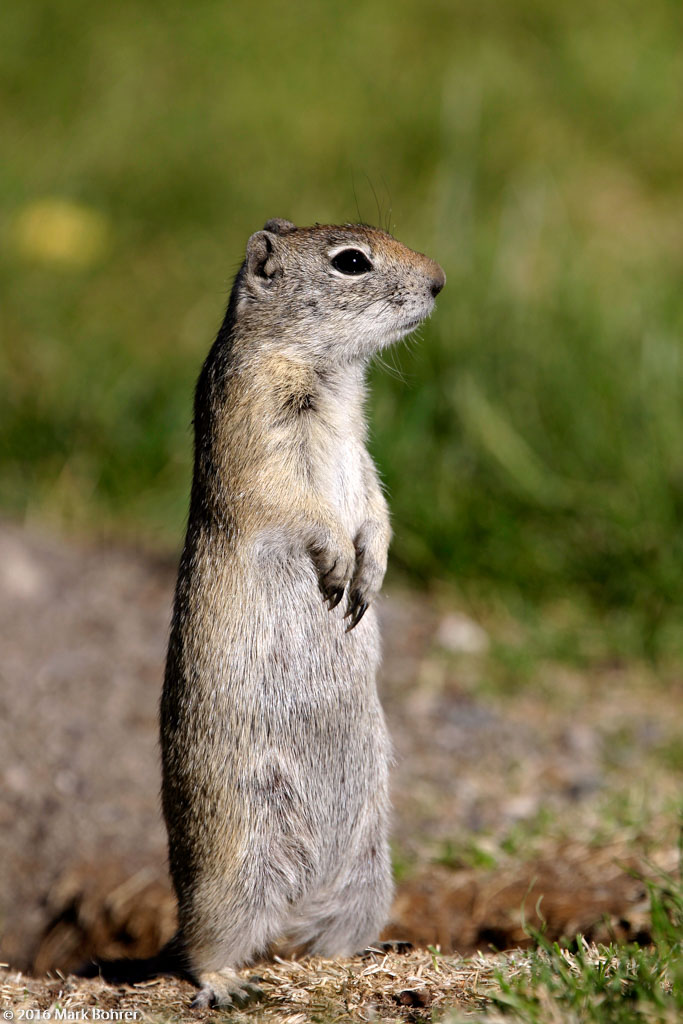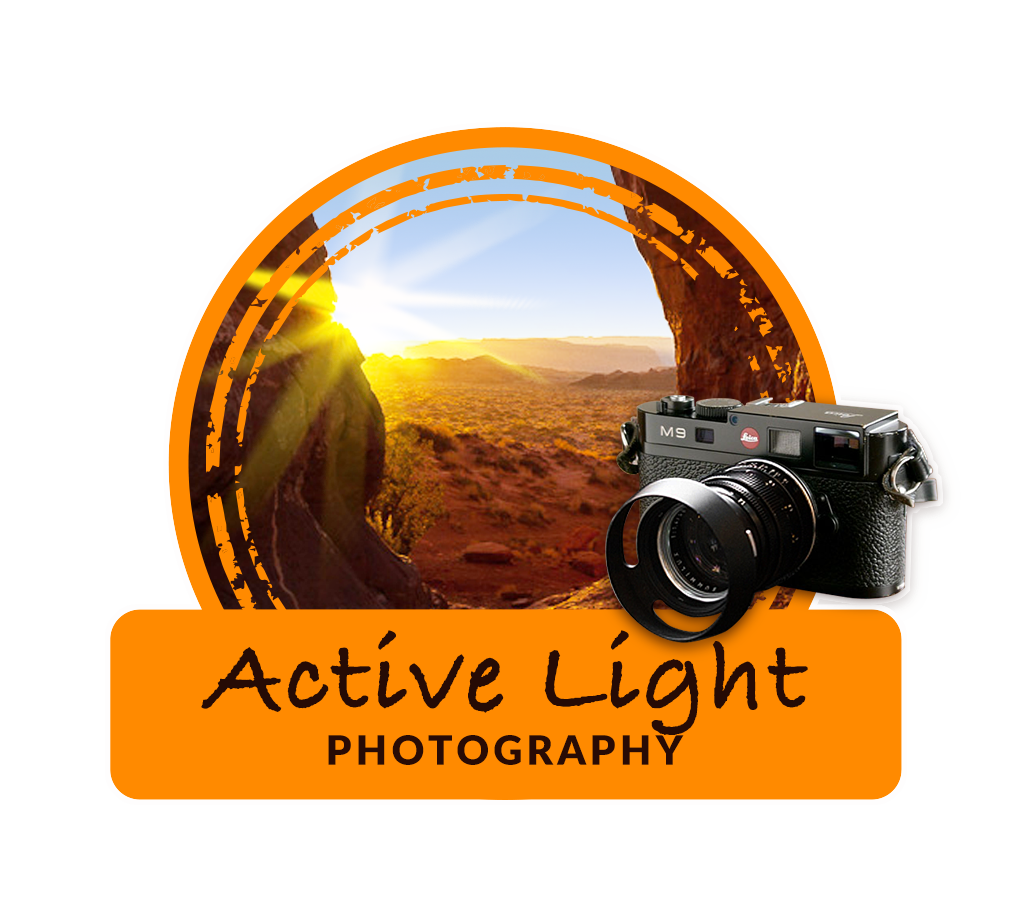|
It’s tough to get close enough to skittish ducks or shy ground squirrels for frame-filling portraits. Bald eagles especially seem to want you at least three counties away from them. To get the shot, you need knowledge of your quarry’s habits, good stealth skills, and a long lens. I want at least 400mm, though I know wildlife shooters who won’t go out with anything less than 600mm on a crop-sensor camera. The main problem with this is cost – long lenses aren’t cheap. However, there is a solution that won’t break the bank.  EF 400mm f/4 DO IS on EF 1.4X II teleconverter Teleconverters in one easy lesson (well, maybe two) A 2X teleconverter on a 400mm lens gives you 800mm. It does this by expanding the projected image circle from the lens to twice the area. Sensor size doesn’t change so you get twice the subject size at half the angle of view. The problem? The received light spreads over twice the area, so the image is only a quarter as bright. (ASIDE: We’re talking about circles here – area is proportional to the circle’s radius squared, and intensity is proportional to one divided by that area. That means you get an image twice as big, but just 1/4 the brightness.)  Hopefully, this isn’t you in a meeting with the boss Bored burrowing owl, Shoreline at Mountain View, California Uncropped, 400mm f/4 DO IS with EF 1.4X II teleconverter on EOS 20D camera Avoid 2X So if you started with a 400mm f/4 lens, you end up with a 800mm f/8 lens. Most cameras won’t autofocus at lens apertures smaller than f/5.6. You may have trouble manually focusing because the viewfinder image darkens too. 2X teleconverters also degrade image quality enough to require near-perfect exposure and focusing for good photographs. They’re not a good option unless you really can’t get any closer without swimming there and the light’s perfect.  Belding’s ground squirrel, Mono Lake County Park, California Uncropped, 400mm f/4 DO IS on EOS 10D camera 1.4X Gives Much Better Image Quality A high quality 1.4X teleconverter may be a good choice with a 400mm f/4 or 400mm f/5.6 lens. It enlarges the projected image circle’s area by 1.4 times (roughly the square root of 2). This spreads that same light energy over 1.4 times the area so the image is half as bright – you get 560mm f/5.6. Autofocus still works on most cameras at f/5.6. The image is bright enough for manual focusing if you want to do that. Canon or Nikon 1.4X teleconverters have high optical quality, so their image degradation is very minor. For Canon shooters, a first-version EF 400mm f/4 DO IS can be found for around $1200 used – not bad for a lens that originally sold for $5,000. At around 4 1/2 pounds, it’s light enough to handhold, and you’re less likely to leave it at home.  Ring-billed gull, Shoreline at Mountain View, California Uncropped, 400mm f/4 DO IS with EF 1.4X II teleconverter on EOS 20D camera The less-expensive 400mm f/5.6 lens or 100-400mm f/4.5-5.6L zoom will become a full-frame 560mm f/8 with the 1.4X teleconverter. Canon’s EOS 1D-series cameras will autofocus using the center AF sensor at f/8 (and later 1D models will do it for all cross-type AF sensors), but you’ll otherwise need to manually focus. That’s challenging, but it can be done with practice and good eyesight. |
(408) 483-3782
Curious about how to shoot ruins?(408) 483-3782

Recent Comments